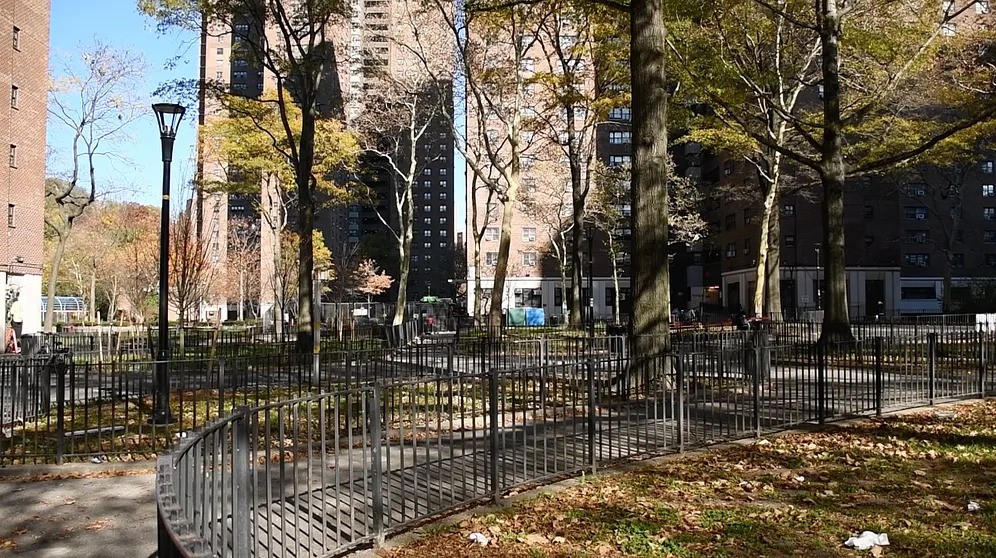Tales of the Polo Grounds: Reimagining New York City’s Current Housing Epidemic
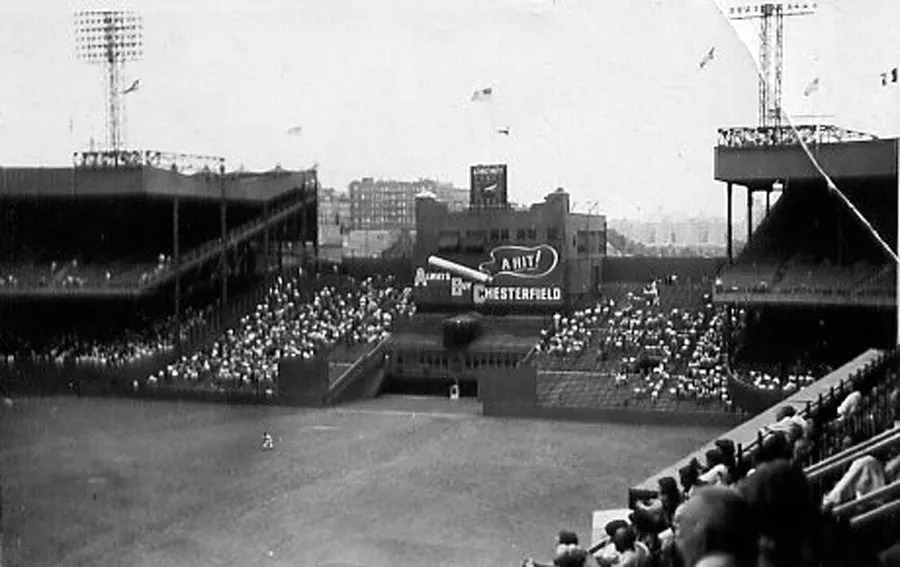
Once home plate for some of baseball’s greatest players, now provides housing to vulnerable New Yorkers: Welcome to the Polo Grounds.
Bats cracking, popcorn popping, hot dogs boiling, fans cheering, and players clashing: the rise of America’s pastime was batting cleanup all in this beautifully unique stadium.
The right field and left field walls measured at just a short 256 feet and 277 feet, respectively, and the center field wall sloped upward to an absurd 483 feet. Even for today, the stadium was unlike other ballparks across the league. Imagine a big bathtub in upper Manhattan.
Steve Rothschild, member of the New York Giants Preservation Society recounts his first time at the Polo Grounds.
A golden age of baseball unfolding right before New Yorkers’ eyes. But, what happened?
Well, a lot.
The venue closed in 1963, which led to its demolition the following year. Today, the Polo Grounds Towers are a housing project — a public housing development for families with a moderate-to-low income. The 60th anniversary of the shuttering of the Polo Grounds stadium is a case study in reimagining the cityscape to address affordable housing.
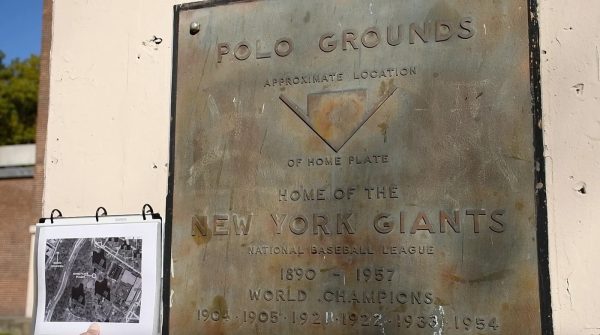
Today, New York City continues to face a severe housing shortage.
“So many of the challenges we face as a city are rooted in an ongoing housing shortage that is forcing too many people to leave New York City and making life increasingly difficult for those who stay,” Mayor Eric Adams said in September.
There are 335 housing projects in the Big Apple, according to the New York City Housing Authority (NYCHA). The scarcity makes it more difficult for a low-income New Yorker to afford an apartment in the city, let alone actually find property considered affordable housing.
Housing construction in New York City is far inferior to other cities around the country, resulting in low housing availability and a vacancy rate of just 3%, according to Pew Charitable Trusts. New York City’s housing stock has increased just 4% since 2010, making it difficult to keep up with the city’s 22% job surge and a population worth 8.5 million.
So, it’s important to explore how a once beautiful stadium transitioned and its historical significance.
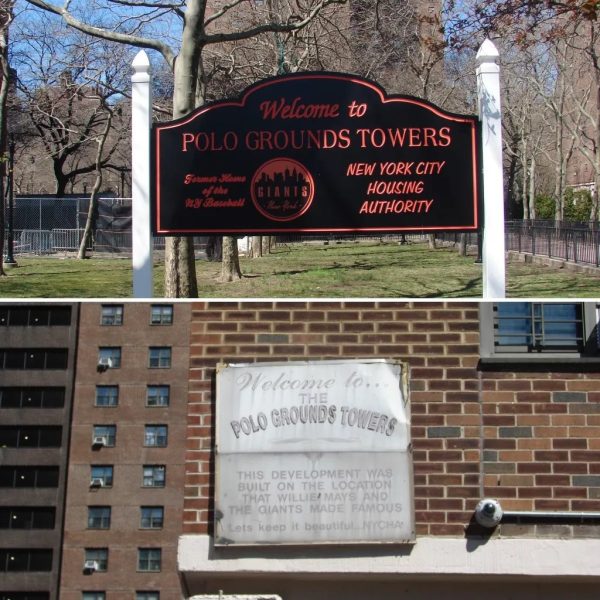
Home to the New York Metropolitans (1883–85), the New York Yankees (1912–22), the New York Football Giants (1925–55), the New York Titans (Jets, 1960–63), the New York Mets (1962–63) and most notably, the New York Baseball Giants, who won five championships there, the stadium has an extensive history.
Built in 1876 for the sport of polo, the original first Polo Grounds stadium was demolished in 1889 as the city looked to expand its street grid through the area — and the New York Baseball Giants playing there were forced to relocate. This made way for the Polo Grounds II, which served as a temporary space where teams played until Polo Grounds III was built shortly after. For the next 21 years, this version expanded to hold 31,000 fans as baseball gained popularity.
Yet, another problem arose with the stadium. It burned down in 1911 from unknown causes making way for the fourth and final construction of the most famous Polo Grounds iteration. The materials used to build the final version even inspired other ballparks around Major League Baseball to follow the lead.
“After the wooden Polo Grounds burned in 1911, its steel-and-concrete replacement mirrored similar baseball palaces being constructed,” Brian Richards, the New York Yankees’ museum curator, said. “Cities like Philadelphia, Boston, Cincinnati, Pittsburgh, Brooklyn, and more followed that during that era.”
The ballpark rose through the ashes and rebuilt into its final rendition where it would stay until its eventual demolition.
Home to some of the game’s iconic moments — like Bobby Thomson’s “Shot Heard ‘Round the World and the Catch” by The Say Hey Kid [Willie Mays] — fans and team personnel witnessed greatness here.
And it certainly did. The heavy underdog Giants went on to win the 1954 World Series sweeping the then-Cleveland Indians in what would be the Giants final championship in New York.
With five World Series championships, the New York Giants were baseball royalty.
And in part, the Giants are why Yankee Stadium exists, said Jaime Rupert, the great-granddaughter and granddaughter of Giants owners Charles Stoneham and Horace Stoneham, respectively.
“The Giants and the Yankees played at the Polo Grounds together, and C.A. [Charles Stoneham] said, ‘What if we ended the Yankees lease and don’t let them play at the Polo Grounds?’” Rupert reminisces about her great-grandfather.
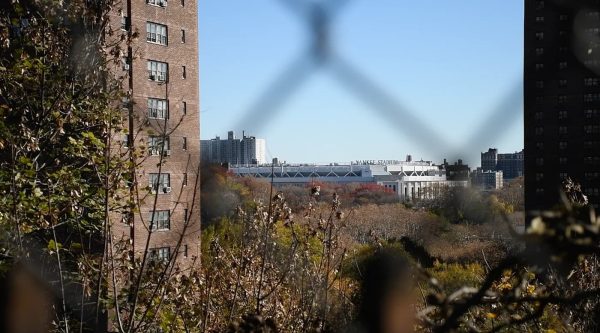
The Giants, and specifically owner Horace Stoneham, were proponents for diversity in the game. The team left Florida for Arizona during the 1946 Spring Training because of the Jim Crow laws.
“My grandfather knew that the diversity he was looking at coming into baseball could never do Spring Training in Florida. And that’s when the Giants were still at the Polo Grounds,” Rupert said.
The Polo Grounds and the Stonehams were at the forefront of dramatic changes in baseball. But once attendance started to diminish and profits began to decline, the ballpark started to deteriorate. It was then that the Stoneham family felt a move West would be in the organization’s best interest.
Most fans felt “sorrowful,” according to Peter Laskowich, historian and guide of New York City’s most notable sites. He added that many felt the stadium didn’t have to go.
But as the landscape of America changed — families moved to the suburbs, parking became more difficult and civil rights were burgeoning — so did New York City and the New York Giants.
The 1957 New York Giants would have its last run during its tenure in the Big Apple as the team packed up and moved to San Francisco, where they have since won three World Series Championships in 2010, 2012 and 2014. Charles and Horace Stoneham didn’t live to see the success the West would bring in the 21st Century, but Rupert said their legacy lives on through the Giants family.
The Coogan family, who owned the land in Harlem, fought to keep the ballpark standing. It didn’t take long for the New York City Housing Authority to get approval to knock down the stadium for a housing project. After the Giants had left for San Francisco, Major League Baseball’s latest expansion team — the New York Mets — had a temporary stay along with the New York Titans (Jets) while awaiting the completion of Shea Stadium. In the Polo Grounds’ final year in 1963, the Latin American All-Star game on Oct. 12 would be the last and the glory days of baseball at the Polo Grounds came to an unfavored close. The rights to the Polo Grounds were claimed under eminent domain by the NYC Housing Authority and soon after began the construction of the Polo Grounds Towers.
But the Polo Grounds have always provided housing, even while the ballpark was standing. “Stray cats lived in the space, which kept rats, mice and other unwanted tenants out,” Laskowich said.
Unfortunately, the days of free housing in New York City are over.
Like every other housing project in New York, the Polo Grounds Towers are designed to provide affordable housing to New Yorkers. This space was supposed to help New York City address a housing shortage in the mid-twentieth century — the issue is even more pressing today.
“The 1961 code prioritized highways and cars over housing and mass transit and limited growth rather than encouraging it, ultimately leading to a massive housing shortage,” Mayor Adams said. “One that we are still reckoning with sixty-two years later.”
Since 1950, according to NYC OpenData, the New York City population has grown by over 8.3%. From 2020 to 2040, it’s expected to grow another 5.5% to 9.02 million.
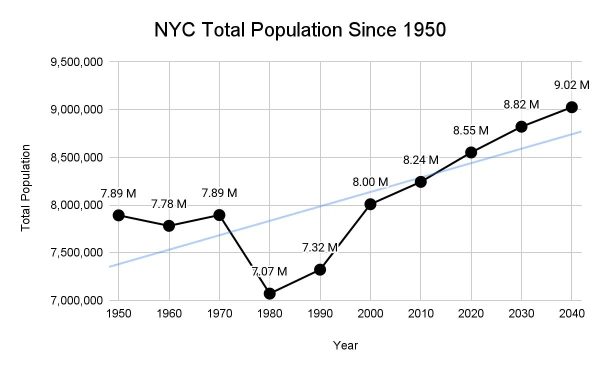
But with vacancy rates so low, the city just can’t keep up with its surging population. “The vacancy rate has never reached 5% post-war,” said Patrick Bonck, assistant vice president of Breaking Ground, a transitional and permanent housing group serving New York City’s homeless population.
“Anything below 5% is essentially a housing crisis. In a healthy housing market, where there is a lot of choice to move where they want and when they want, vacancy rates will be at 5% or higher. But, in New York City, vacancy rates in units that are affordable are lower than 1%. That is a housing emergency.”
According to the New York Housing Conference, a nonprofit affordable housing policy group, the citywide average vacancy rate is just 3.4%. As Bonck emphasized, this is a housing emergency.
“Production of new units has not kept up with the immense growth of jobs and population,” Bonck said.
A major piece of the housing crisis puzzle comes from just how expensive housing has become and that’s because of the limited housing supply. There just simply isn’t enough housing on the market, according to the New York Housing Conference.
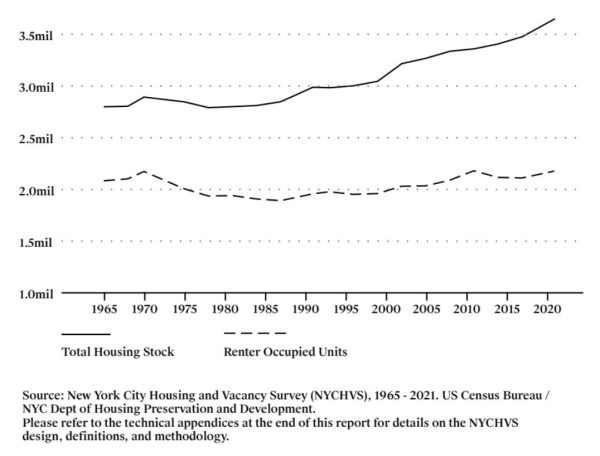
Prices have skyrocketed, and in 2021, over half of New York City’s renter population experienced rent burden. The 2021 New York City Housing and Vacancy Survey (NYCHVS) classified rent burden into three categories:
- Severely rent burdened: those who paid more than half of household income toward rent
- Moderately rent burdened: those who paid between 30%-50% of income toward rent
- Not rent burdened: those who paid 30% or less of income toward rent
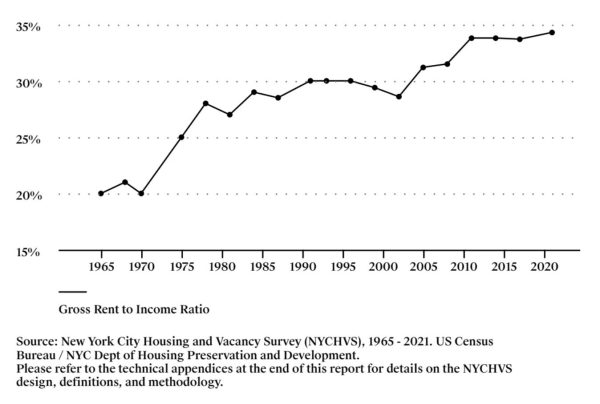
In 1965, the gross rent-to-income ratio stood at just over 20%. Over five decades later, New Yorkers are consumed by the current 34% gross rent-to-income ratio, according to NYCHVS.
That year, the Polo Grounds Towers were viewed by house advocates as a part of the solution towards creating affordable housing. Yet, nearly 60 years later, New York is still struggling. But, the Polo Grounds Towers housing projects and perhaps other unused spaces around the city can be a remedy at the forefront of the city’s biggest problems.
“I think they [housing projects] can be and should be a solution to the problem,” Cheney said.
“The problem is they have historically been grossly underfunded. I think in New York City, public housing was successful until the accumulation of underfunding caused housing to significantly deteriorate. But when the housing can be maintained and when we can find the resources to put housing into decent conditions, it provides one of the only real and true forms of affordable housing.”
New York Governor Kathy Hochul and Mayor Adams recently announced that $95 million in state funding has been distributed for 15,000 NYCHA units through the State Emergency Rental Assistance Program.
Adams has also launched a “City of Yes for Housing Opportunity” to create an additional 100,000 homes for more than 250,000 New Yorkers.
“Our housing crisis is severe, and this landmark proposal meets the moment with the most sweeping pro-housing changes in the history of our zoning code,” Maria Torres-Springer, deputy mayor for housing, economic development, and workforce, said in a statement.
“At its root, this plan is driven by a simple insight: To solve our housing shortage, we need to build more homes. Building is essential to our future as a city where working families can live and thrive and to our status as an economic and cultural capital.”
According to the city, Adam’s housing initiative could add 100,000 homes to expected housing production over the next 15 years, create nearly 260,000 temporary jobs and an additional 6,300 permanent jobs, and provide $58.2 billion in economic impact to the city over the next 30 years.
While there is a way to go in solving the housing crisis, there is hope for New Yorkers, advocates say. Even through dark times, New Yorkers prevail, Adams said, which is why it’s earned its title of “Greatest City in the World.”
In the heart of the city, the same holds true for the Polo Grounds, Jaime Rupert said.


